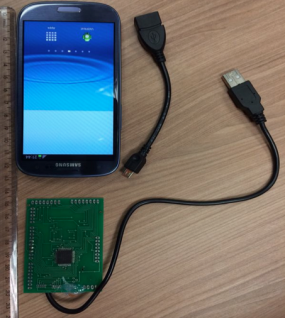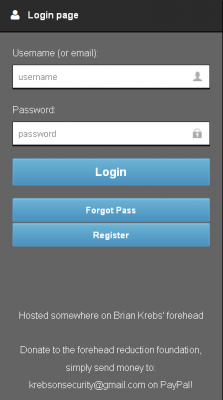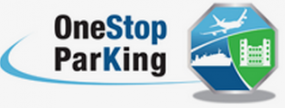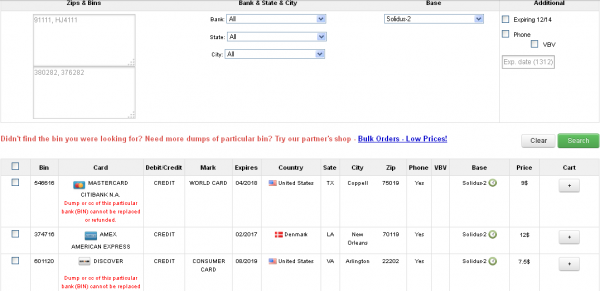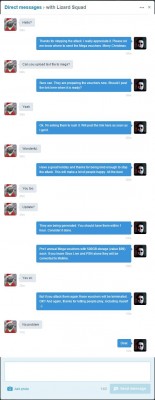President Obama on Monday outlined a proposal that would require companies to inform their customers of a data breach within 30 days of discovering their information has been hacked. But depending on what is put in and left out of any implementing legislation, the effort could well lead to more voluminous but less useful disclosure. Here are a few thoughts about how a federal breach law could produce fewer yet more meaningful notice that may actually help prevent future breaches.
 The plan is intended to unify nearly four dozen disparate state data breach disclosure laws into a single, federal standard. But as experts quoted in this story from The New York Times rightly note, much rides on whether or not any federal breach disclosure law is a baseline law that allows states to pass stronger standards.
The plan is intended to unify nearly four dozen disparate state data breach disclosure laws into a single, federal standard. But as experts quoted in this story from The New York Times rightly note, much rides on whether or not any federal breach disclosure law is a baseline law that allows states to pass stronger standards.
For example, right now seven states already have so-called “shot-clock” disclosure laws, some more stringent; Connecticut requires insurance firms to notify no more than five days after discovering a breach; California has similar requirements for health providers. Also, at least 14 states and the District of Columbia have laws that permit affected consumers to sue a company for damages in the wake of a breach. What’s more, many states define “personal information” differently and hence have different triggers for what requires a company to disclose. For an excellent breakdown on the various data breach disclosure laws, see this analysis by BakerHostetler (PDF).
Leaving aside the weighty question of federal preemption, I’d like to see a discussion here and elsewhere about a requirement which mandates that companies disclose how they got breached. Naturally, we wouldn’t expect companies to disclose the specific technologies they’re using in a public breach document. Additionally, forensics firms called in to investigate aren’t always able to precisely pinpoint the cause or source of the breach.
But this information could be publicly shared in a timely way when it’s available, and appropriately anonymized. It’s unfortunate that while we’ve heard time and again about credit card breaches at retail establishments, we know very little about how those organizations were breached in the first place. A requirement to share the “how” of the hack when it’s known and anonymized by industry would be helpful. Continue reading






